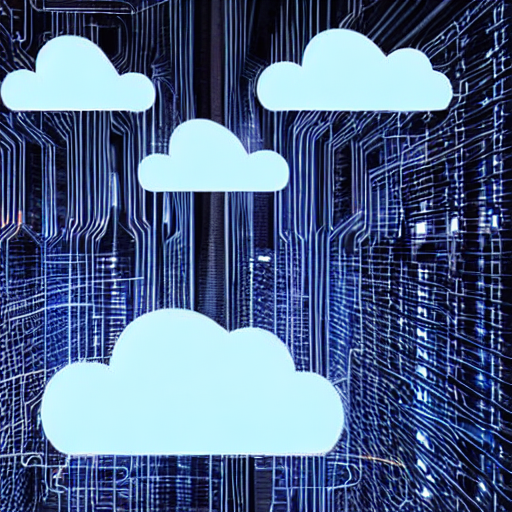The cloud has revolutionized computing, making it possible for organizations to access vast amounts of processing power and storage on demand. But as the demands of applications have increased, so too has the need for computing power at the edge of the network, closer to users and devices.
This is where public cloud and edge computing come in. Public cloud providers like Amazon Web Services (AWS) and Microsoft Azure offer services that extend the reach of the cloud to the edge of the network. And developers are using these services to build applications that are more responsive and deliver a better user experience.
In this blog post, we’ll take a look at how public cloud and edge computing are being used to meet the demands of today’s applications.
We’ll also explore some of the challenges that need to be addressed before these services can be widely adopted.
Defining public cloud and edge computing
Public cloud and edge computing are two cutting-edge technology solutions that businesses of all sizes are increasingly relying on to increase their versatility, reliability and scalability.
Public cloud computing is a centralized model that allows users to store and access their data on remote servers, giving them the ability to access it from anywhere in the world. Edge computing, on the other hand, is a distributed architecture model that utilizes local resources like personal computers or mobile devices located at the edge of a network to run calculations or processes closer to source data.
Together, these two technologies have revolutionized how organizations manage and utilize data from various sources.
The advantages of using the public cloud
Using the public cloud offers many advantages. It keeps businesses from having to invest in and maintain their own hardware, while still meeting their current needs as well as any additional growth they experience. Public clouds also enable scalability, allowing companies to access additional resources at any given time.
Furthermore, the public cloud provides cost savings over purchasing, operating and managing a collection of on-premise servers, reducing both capital investments and operational expenses. In addition to all of these benefits, public cloud users can expect stronger security solutions with dedicated experts who monitor for threats or intrusions.
Clearly the public cloud provides tremendous value in terms of enhanced accessibility, reliability and scalability along with flexible pricing models that allow companies to pay only for the services they use today without risking future expenses.
How edge computing can complement the public cloud
Edge computing complements the public cloud by providing a more cost-efficient, localized IT infrastructure.
By using edge computing in conjunction with the public cloud, organizations and corporations can benefit from distributed computing located close to end users, which increases processing speeds as data does not need to be sent over long distances.
Edge computing also allows for direct communication between devices and reduces latency that could prevent applications from running properly in certain areas. By using edge computing for certain applications and workloads, organizations are able to process data faster than on traditional cloud networks and take advantage of regional pricing within their budget constraints.
Edge Computing provides the perfect complement to a public cloud strategy, allowing businesses to benefit from both cloud models and maximize efficiency while keeping costs to a minimum.
The benefits of extending the cloud to the edge of the network
Extending the cloud to the edge of the network is transforming the way organizations manage their IT operations. By taking advantage of the cloud’s scalability and elasticity, businesses are able to ensure more reliable data protection, increased operational efficiency, and improved automation.
Edge computing allows companies to analyze data closer to its source, providing timelier insights into customer behavior and other performance metrics. With this data readily available, organizations can take proactive measures that enable them to improve services and increase user satisfaction.
These advantages have driven many businesses to rethink their IT strategies, choosing cloud-enabled edge solutions for endeavors such as machine learning and analytics. Ultimately, the nearness of information leads to faster responses that enable enterprises to remain competitive in today’s digital landscape.
Use cases for public cloud and edge computing
For many organizations, public cloud and edge computing provide immense value in increasing performance, scalability and capabilities. Public cloud enables provisioning of compute resources such as virtual machines on demand, making it an ideal choice for companies that must scale resources quickly or respond to high volumes of user requests. Edge computing brings its own set of advantages in terms of faster local access and increased security.
Companies that require low latency or need the ability to process data closer to the source can use edge computing to meet their objectives. By taking advantage of both public cloud and edge computing together, businesses are able to maximize the value from each technology’s strengths while minimizing any potential drawbacks.
Ultimately, using cases for public cloud and edge computing depend on the specific requirements of an organization and understanding how best to leverage each technology.





